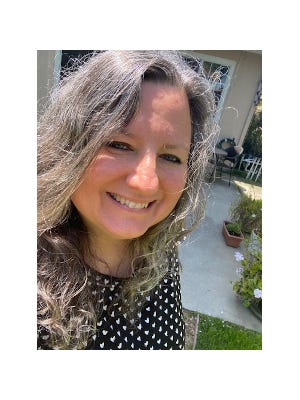'We have many innovative opportunities as packaging professionals'
July 27, 2016

We were pleased when Ron Yakubison, Director of Packaging Technical Operations at Merck, joined PMP News’s Editorial Advisory Board earlier this year. Yakubison has been in packaging at Merck for 24 years and currently leads the global Packaging Technical Operations group that supports all in-line human products. He has supported packaging development, equipment, and process for bulk, crop protection, animal health, and human health products. He also has been involved with serialization since 2004 and has supported Merck’s pilots and strategy development.
To kick things off, we asked Yakubison a few questions about trends and challenges in pharmaceutical packaging.
PMP: You've been involved in pharmaceutical packaging for more than two decades. Can you tell us how pharma packaging has evolved over the years?
Yakubison: Although we have seen changes in what packaging platforms we use through the years based on various business drivers, we still have the core platforms of bottle and blister packaging. I think the biggest area of evolution is how we package. The frequency in which we package each SKU has significantly increased.
PMP: What have been some of the major challenges the pharmaceutical industry has faced, and how has packaging helped address them?
Yakubison: Patient compliance. Through labeling and packaging design, the industry has been able to offer common packaging compliance solutions.
PMP: What challenges remain?
Yakubison: To continue to meet growing business and regulatory expectations with robust packaging solutions.
PMP: How has the pharmaceutical packaging line changed over the years?
Yakubison: I believe the OEMs have done a good job at gaining customer feedback and leveraging newer technologies to improve their designs to meet current customer needs. For example, more machines leverage a balcony style to reduce hot spots for line clearance. Also many OEMs have significantly improved design to have much more consistency between machines of the same model number; this has greatly increased opportunity for more consistent set-ups. Finally, the safety of the packaging equipment has significantly improved.
PMP: What will the packaging line of the future look like?
Yakubison: I believe most lines will be in a smaller footprint. I am also hopeful for self-diagnosing lines to aide operators in troubleshooting of issues.
PMP: You've been involved in serialization since 2004. We've seen U.S. requirements change over the last decade or so, and the industry is preparing for November 2017. What are some of the lessons learned? What challenges is industry still grappling with?
Yakubison: Companies need to have strong sponsorship and governance for large initiatives like serialization. Although the industry has been working on technology to support serialization for many years, no technology is fully mature. It is still important for the industry to align on technology roadmaps to ensure we will have robust supply.
PMP: What do you think the next decade will hold for healthcare, and how will it influence pharma packaging?
Yakubison: I believe we have many innovative opportunities as packaging professionals especially due to product types and diversity of patient needs from globalization.
About the Author(s)
You May Also Like




